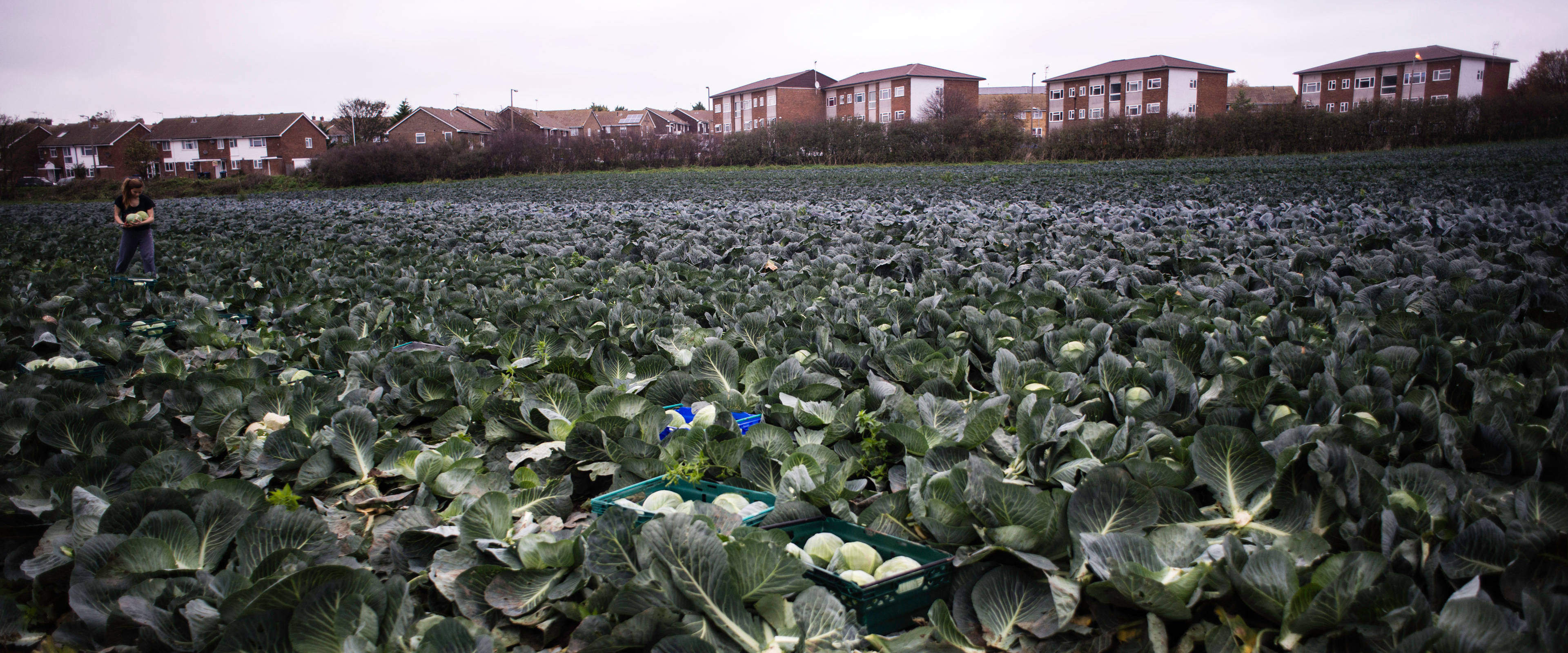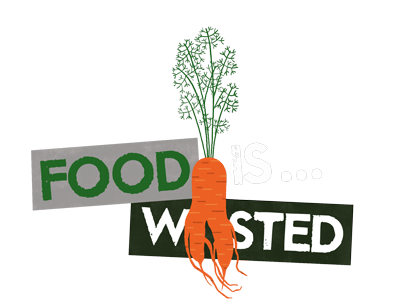
From best before dates to plastic packaging, the industrial food system is not functioning for the good of our health and well-being, and here’s why…
How much significance do you attribute to the best before date? And why do you trust it as an indicator of freshness?
When we buy food, we are putting our trust in the shops we get it from. By association, we also put trust in their manufacturers and suppliers. Broadly speaking, we expect the products they offer us to be of good quality and not detrimental to our health and wellbeing, and most of us wouldn’t want our food to be produced in ways that cause suffering to other people, animals or the environment – not knowingly, at least.
But what do we know about the provenance of our food? What do we know about the production of the pre-prepared soup we buy on a cold winter’s day, or the margarine we spread on our toast in the morning, or the frozen sausages that we bought on promotion a few weeks ago?
From farm (or factory) to fork
Unfortunately, most of us – especially us city-dwellers – have become all too ignorant of where our food came from and how it was produced. It’s this ignorance that keeps the system ticking along.
For example, think about the health impact of the hemicellulose, which is a processing aid used by bread manufacturers to increase volume and prolong softness. The source of this enzyme can be soil bacteria, transgenic (genetically modified) organisms or fungi, the latter potentially leading to allergies. Despite the presence of hemicellulase in the final food product, there are no laws to compel producers to include it in a product’s ingredients.
Or think about sheep transported for days over thousands of kilometres, across and between continents, in inhumane conditions. They are kept in overcrowded, unsanitary, environments, with inadequate access to bedding, drinking water or feed. Many will not survive the stress of the epic journey, their carcasses offloaded and discarded at their destination.
Scratch the surface of how our food is produced and you’ll bear witness to how the primary focus of the industrialised food system is not the health and wellbeing of end users. Too often there’s little regard for the welfare of the people and animals involved in the creation of our processed food products – from slave labour on UK farms to the violent mistreatment of animals. I believe our ignorance is causing great harm to us, the animals we eat, and the environment on which we all depend.
To a large extent, our ignorance of where our food comes from is a choice, especially in the age of the internet. The way to change how the food system functions is to inform ourselves and then lobby the retailers, the manufacturers and the producers, along with the politicians who are meant to represent our best interests. We should be calling on them all to adopt and support more sustainable and less harmful practices within food production and supply – practices that better caters for our needs and the wellbeing of animals and the environment.
We already see this happening to a degree, thanks to a general increase in consciousness over the past few years around the impact and unsustainable nature of our current food system. There are campaigns to reduce avoidable food waste, needless plastic packaging, sugar within processed food (although it’s important to realise that not all sugar is created equal), to name but a few, all calling for a more humane, egalitarian and sustainable food system from the grassroots level.
The price of convenience
“Let food be thy medicine and medicine be thy food,” said the oft quoted father of modern western medicine, Hippocrates, who understood the role food plays in the health of our bodies and minds. This can be extended, of course, to the health and well-being of the Earth we steward, and the life we share it with. But over the past few decades, I believe we’ve allowed ourselves to become disconnected from our food and to devalue it – driven, in large part, by our desire for convenience.
The supermarkets have played a significant role in the evolution of our current food system and food culture – one where convenience and price trumps quality and nutrition – as they have satisfied and nurtured that desire for convenience. After all, who doesn’t appreciate the opportunity to grab a cheap sandwich and spend the rest of our lunch break in the park, basking in the sun during a long, hot British summer? Supermarkets spend up to £78 million a year on advertising campaigns to perpetuate an image of trustworthiness and the belief that they have our best interests at heart. And we have willingly put our trust and faith in them, relinquishing our decision-making processes to them.
This brings us back to the question of the best before date, and the level of trust and significance we associate with it as an accurate indication of edibility. Something that spawned from a stock control measure introduced by Marks and Spencer in the 1950s has, over time, come to be perceived by many as an absolute measure of freshness.
But the best before date is derived in an arbitrary way. It isn’t based on science, but the manufacturer’s perceived time-frame for loss of quality. This can be based on lab testing, but not wanting to jeopardise the trust their customers have in their brand, they will inevitably err on the side of caution. So instead of specifying the best before date to be, say, a date two weeks in the future, they use a date one week ahead instead. This means that, assuming it has been stored appropriately, food is still going to be good enough to eat for a certain length of time after the best before date has passed. Therefore, rather than relying on the date, we should instead be relying on our senses – our eyes, nose and taste – to assess the freshness.
Giving a product a short shelf-life based on a best before date will also ensure it benefits from prime real-estate within the supermarket’s displays and shelving, ensuring a fast turnaround and thereby further incentivising the use of a short best before date.
All this wouldn’t matter so much if it weren’t for the fact that many of us are confused as to what the best before date represents, and that we have understandably placed a significant amount of trust in supermarkets to do right by us. With many of us now perceiving the best before date as an indication as to when the food can no longer be eaten, once the date is passed we unwittingly discard something that might be perfectly edible.
I think it’s fair to say that the use of best before dates has not been to the benefit of the customer, as many of us have been throwing away perfectly edible food. Consequently, it’s not only had an impact on our pockets, it’s also detrimental to the health of the environment. Resources that have gone into growing, transporting and storing the food also goes to waste – contributing to climate change, soil degradation, water insecurity, biodiversity loss and much more. All because of a date.
Following high-profile campaigns against food waste, and continued pressure from the public and some politicians, Tesco has recently removed best before dates from around 70 fresh fruit and vegetable products, such as own-brand onions, apples and potatoes. The Co-op, meanwhile, has started selling produce past its best before date at a reduced price. While on the surface this is a positive move, the debate around date-labelling and the need to eliminate confusion has been going on for years. It therefore raises the question as to why, knowing for so long that they have been contributing to the amount of food needlessly going to waste within people’s homes, is action only being taken now, and why have the dates existed at all?
Creating change
The best before date may be on the way out, but without new legislation it’s likely to take some time. Until then, let’s empower ourselves and reduce the influence and impact of the best before date by learning how to properly assess when food is no longer edible – such as how to tell if an egg is fresh.
Let’s value food more, buy the best food we can afford – from producers that put quality, sustainability and nutrition first – and let’s waste less of it. While we’re doing all this, let’s inform ourselves about how our food is made and where it comes from, then call on the supermarkets, manufacturers and politicians for greater transparency and an approach that genuinely has customers, animals, workers and the environment at its core.
Let’s work together towards creating a sustainable food system that works for the health and well-being of an ever-increasing human population and all other life on Earth.
